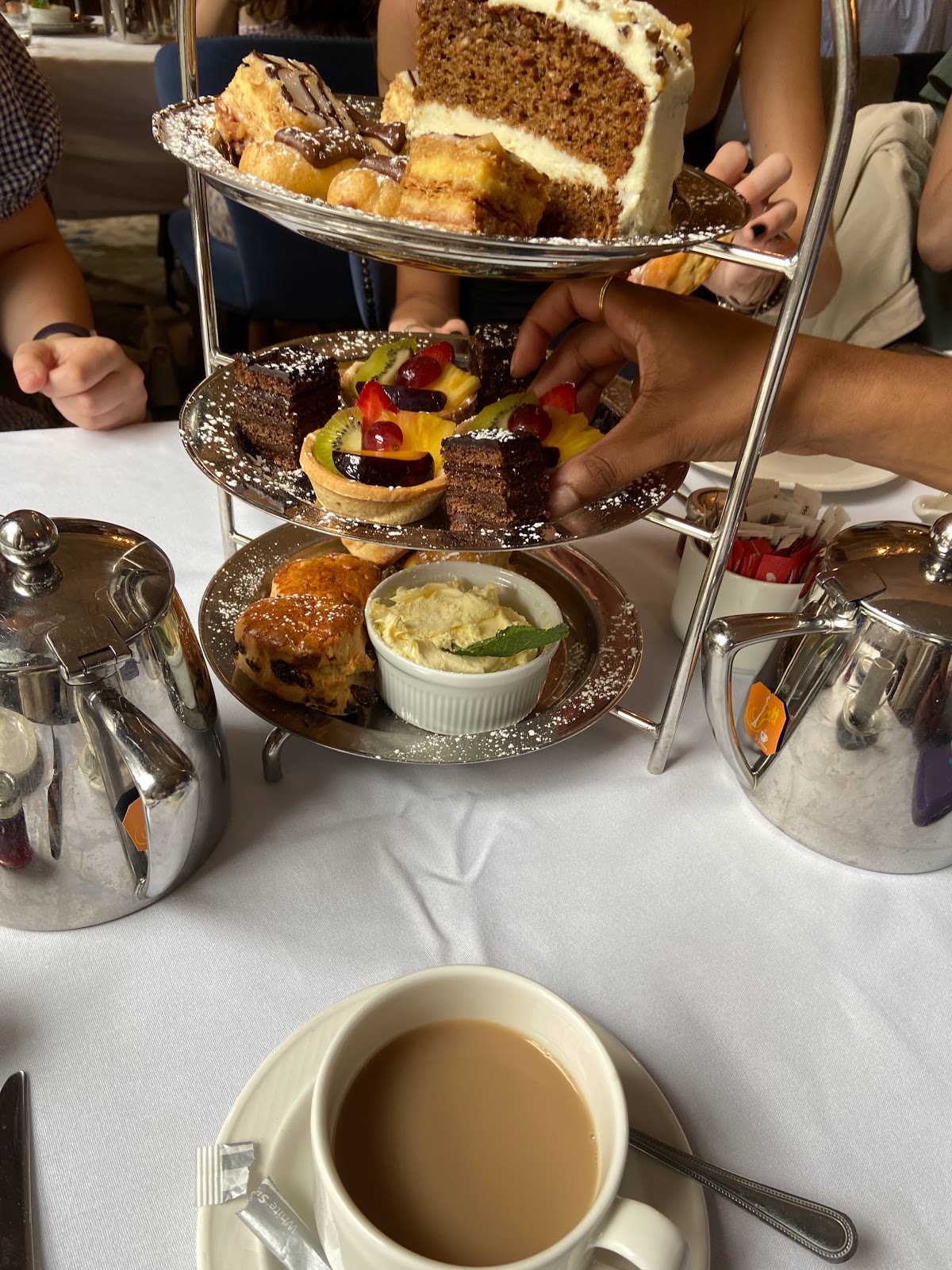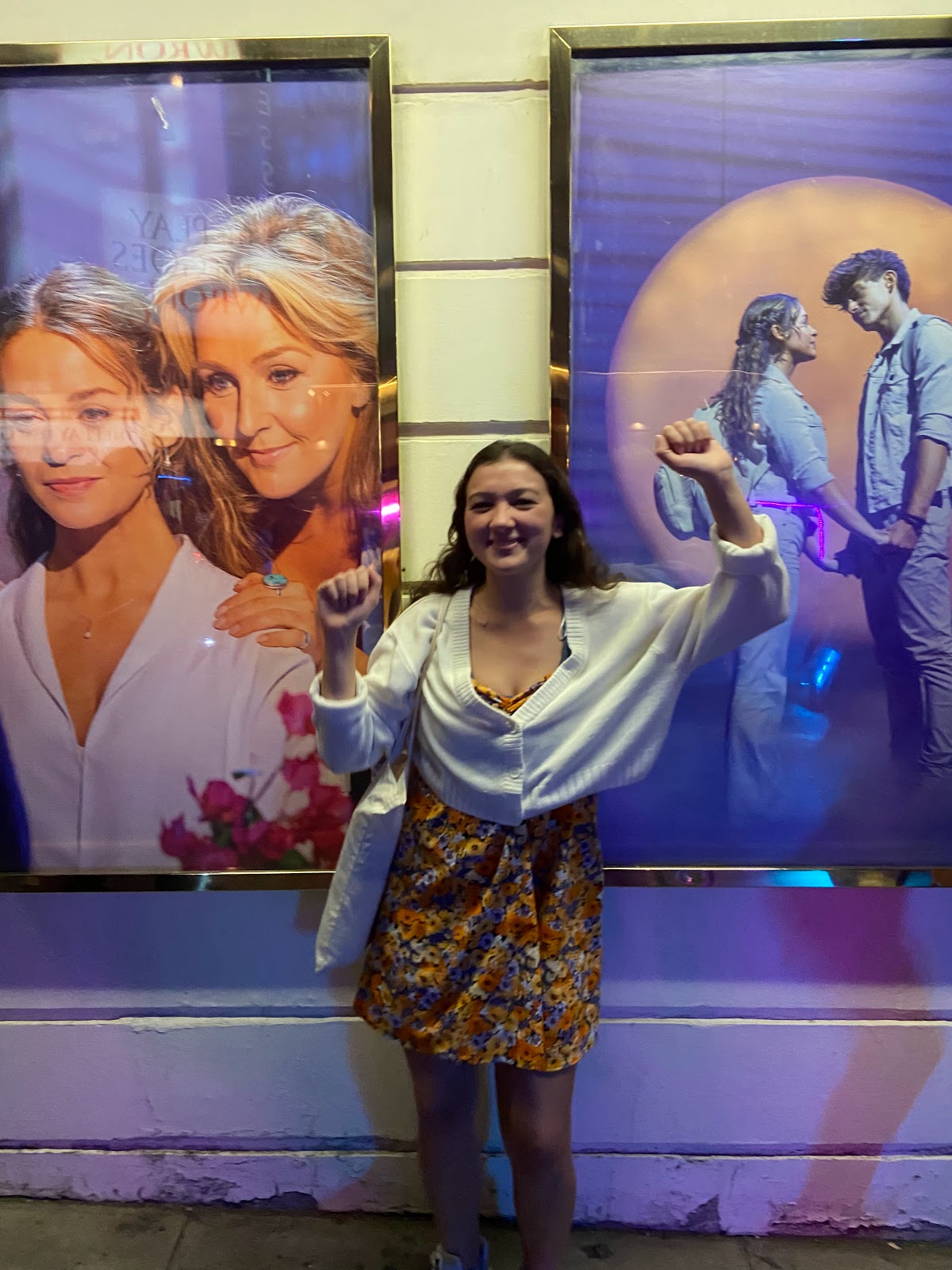Wellness while studying abroad.
The other day, a friend said to me on the train: “I can’t remember the last time I tasted a fruit.” With some consideration I concluded that I also hadn’t gone out of my way to eat fruits or vegetables for quite some time, maybe a month?
When we got off the train we headed straight for the nearest Tesco to load up on apples, broccoli, avocado, and whole grains. Tesco in London is comparable to Walmart, with fair prices and a large range of products.
This put me on quite the health kick. Getting your physical, emotional, and intellectual health in check is important when you’re in a new place. If you’re like me however, this won’t be on the forefront of your mind until it’s urgent. I went through a series of colds, strep throat, and even hay fever, before getting my health situated.
Being from Hawai’i, I was not used to the cold and everything that came with it. If I didn’t close the window when I slept, I got sick. If I didn’t wear a warm jacket, I got sick. I had jackets, but I didn’t have a sweater with Scottish wool. I found one in a vintage thrift store in Scotland, and it allowed me to feel warm and healthy for the first time while out and about.
Also, transportation. Traveling on the train often close to so many people prompted me to start carrying around hand sanitizer as well.
When you travel overseas, you’re required to get international health insurance. I am on something called CISI, cultural insurance services international, which is expensive, costing me about $55 per month. Since I pay this much, I am not hesitant to use it!
The doctor gave me loads of good advice, and one piece was that when you’re in a new place, it’s important to make sure you are taking care of your immunity with plenty of Zinc and vitamin C.
Back at home, I’m used to my partner taking care of me. So in a funny way, being sick reminds me of him. But now I don’t have that. Oh, and we separated right before I left, oops. This presents my next problem: heartbreak. Therapy abroad anyone?
All it took from me was the smallest inquiry to my program, AIFS, about needing mental health support, and my emails were flooded with resources. I didn’t even get around to reading them before a counselor found me after class and took me out to lunch to talk it all out. Then, someone else offered mentoring, and another, therapy sessions.
I’ve found heartbreak to be a great unifier. It’s important to me, as a psychiatry intern, to experience what clients describe to me as a stressor that turns their worlds upside down. It’s nice to mean it when I say, “I understand”. If you’re worried about your mental health abroad, ask for help. This is common and your program will be well equipped and prepared to support you in every way they can.
With my medical and mental health in check, I proceeded to focus on the intellectual and physical components. This involved study groups and trips to the gym. I really like the gyms here, they just make sense.
While you’re studying abroad, going with the flow, and having fun, it’s easy to forget about health preservation until you get sick. Before it is too late, you can establish who you’ll call when you need help. But even if you don’t, you’ll be okay.
The way the insurance works is, you pay the clinician upfront, and then file a claim for CISI to reimburse you. The clinics I’ve seen in London have been pleasant and accommodating.
To recap: remember fruits and vegetables, and vitamin C and Zinc for immunity and gut health. If you need help, ask. My additional advice is to check in with your friends and loved ones back home, but be present with your new friends and experiences as well.
Another thing I’ve found beneficial is allowing myself resting days. There is so much you’ll want to do, but don’t forget to take breaks and check in with yourself!




























